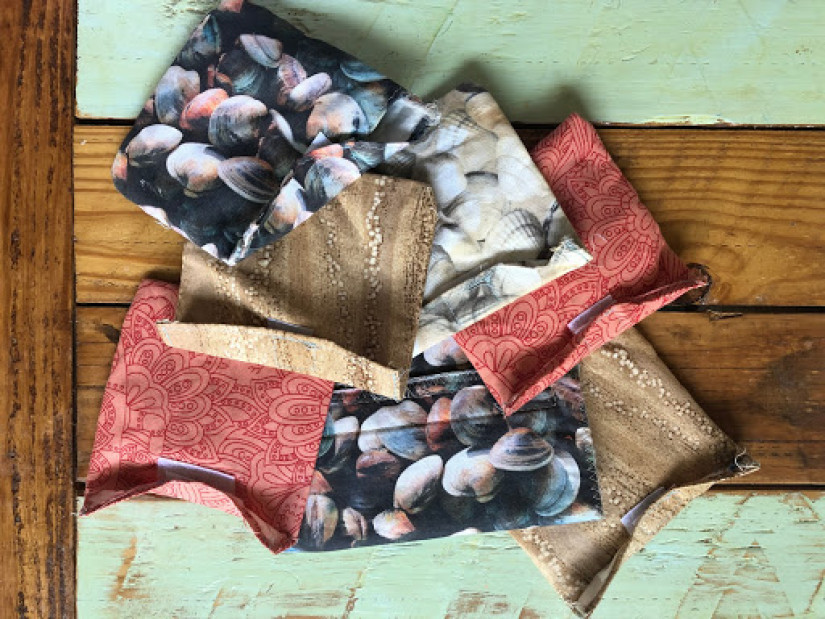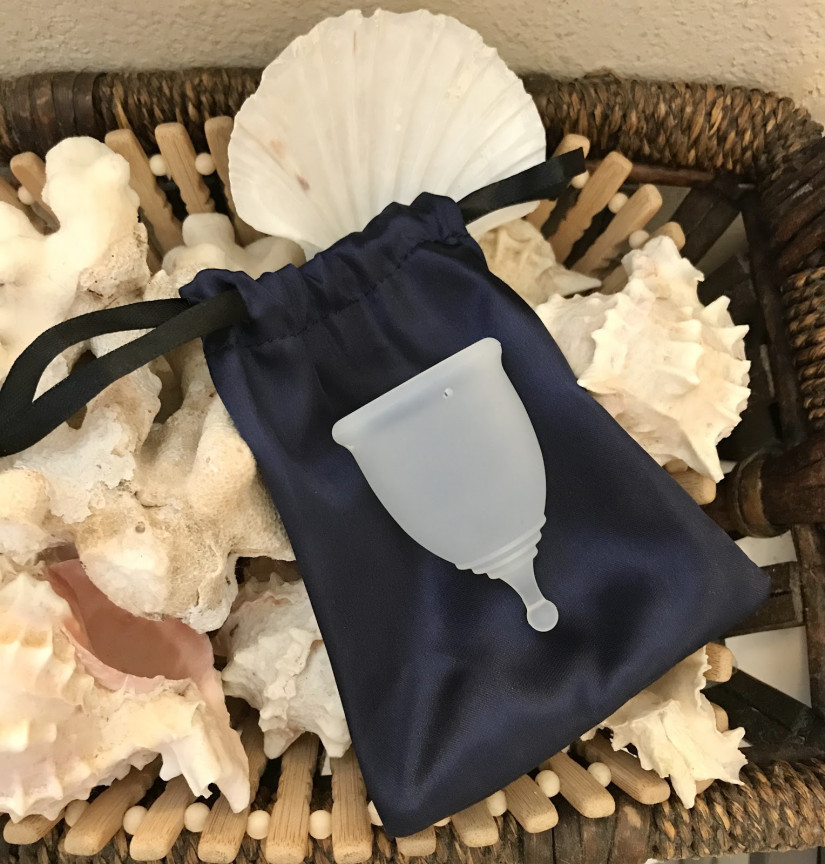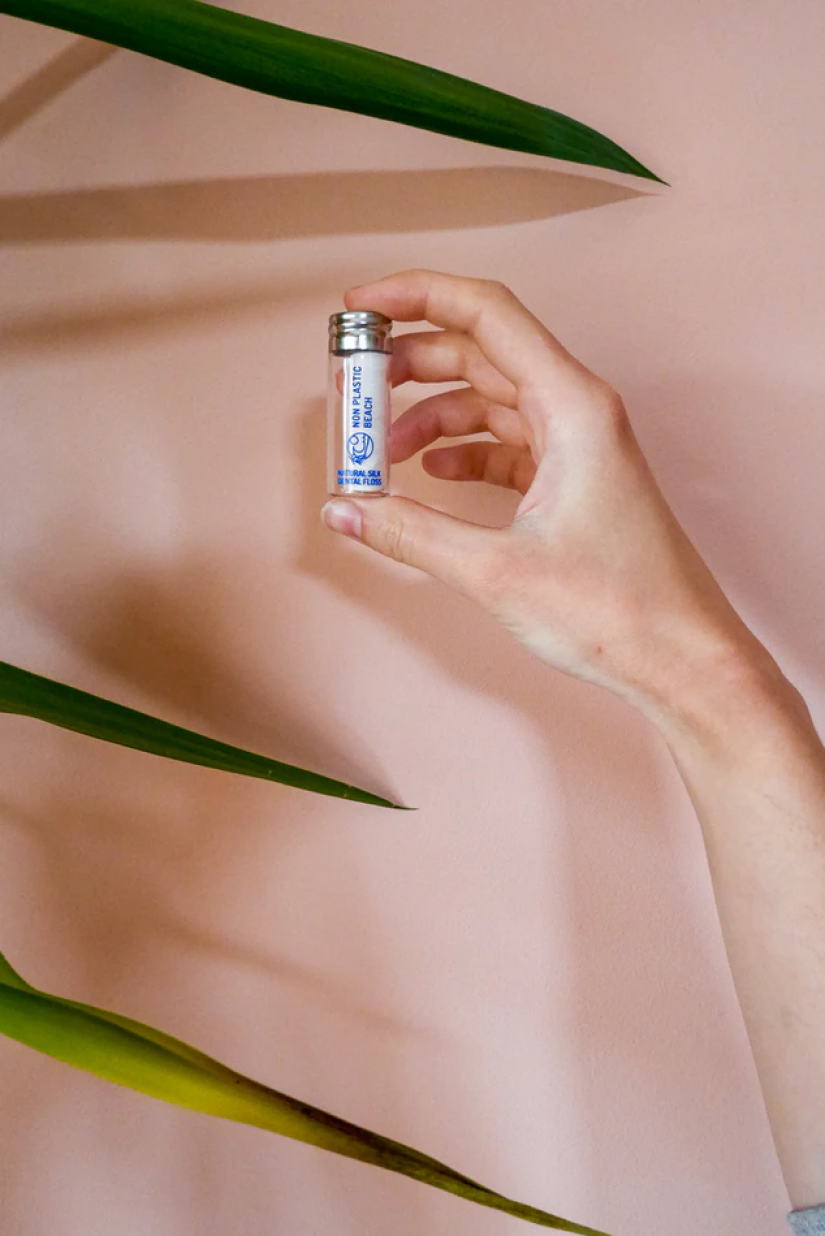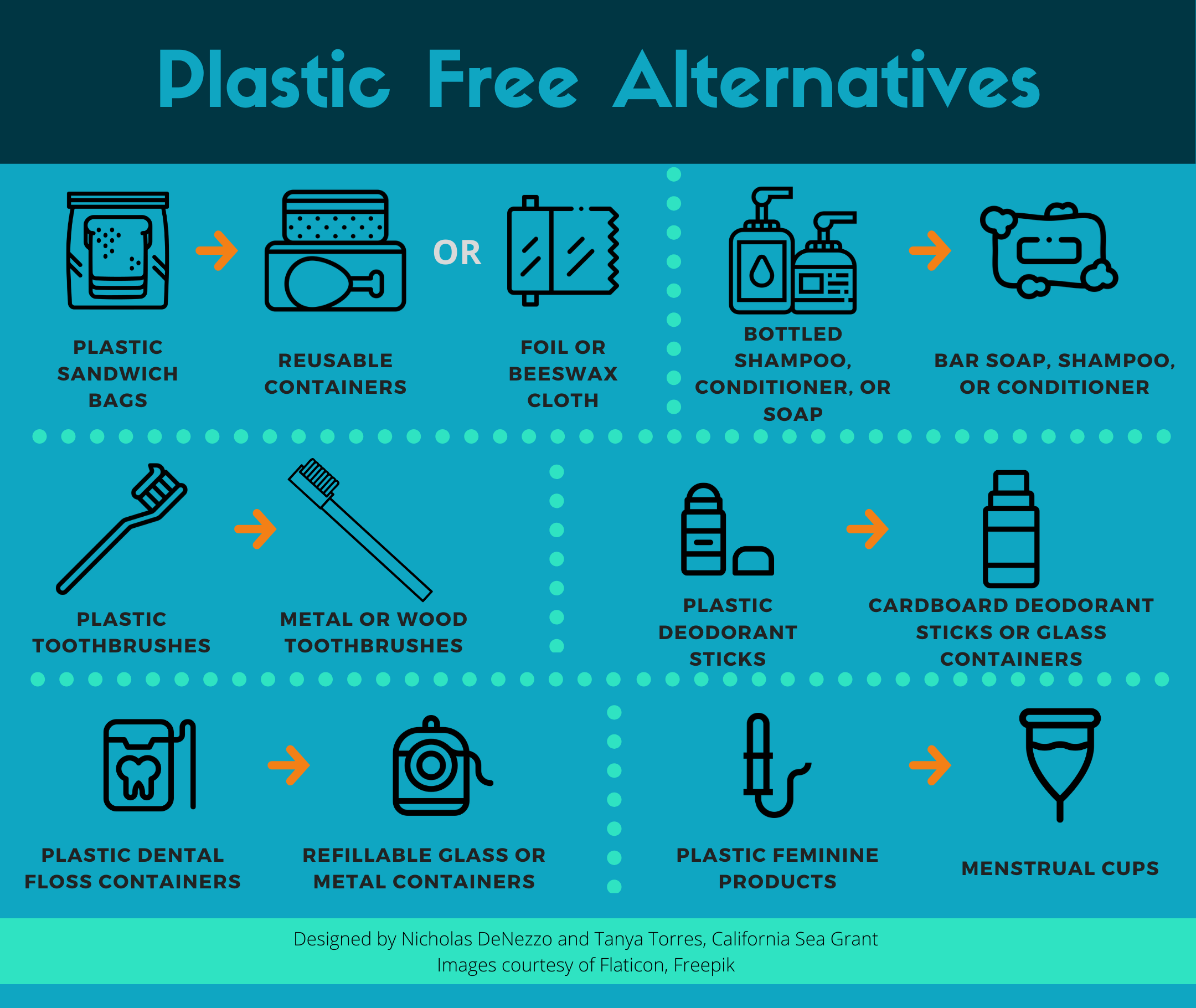So, what does it look like to be plastic-free in July 2020?
The Original Plastic Alternatives

I know it can be hard to believe, but there are, in fact, other materials in this world besides plastic (metal, wood, glass, paper, ceramic) which have been in use long before plastic was invented. These are what I call the “OG” Alternatives, or the “original materials” used before plastic that we often forget ever existed. Take peanut butter in a glass jar, or a wooden hairbrush! They exist, but we probably almost always buy the plastic versions, most likely because they’re more common and cheaper in price.
But right here is where your simple, mundane choice of peanut butter can really make a difference. By choosing the glass jar or the wooden hairbrush, you’ve consciously eliminated the ability of a piece of plastic to enter the waste stream! Plus, continued conscious choices like these can have a long term impact on the types of materials that fill our stores in the future.
There are many other products that fit these same examples, it just requires you to be a little more perceptive and picky about the things you buy. I challenge you, when grabbing something off a store shelf, take a moment to think about what it’s made of and whether the item (or maybe its function) is available in a material other than plastic.
Did You Know
Did you know that your clothing can be a contributor to the global plastic pollution problem? Yes, many types of clothing are made from synthetic and semi-synthetic materials that are essentially a form of plastic (polyester, spandex, nylon, rayon). Over time as we wash them and they begin to degrade, they slosh off some of their microfibers into our waste water systems. These fibers are way too small to be filtered out through our washing machines or through wastewater treatment facilities, and they can end up in our ocean.
However, there are many non-synthetic fibers still used today. One solution is to read the tag of a clothing item to find out what material was used to create it. Choosing clothing made from natural fibers, such as cotton or bamboo, can decrease your plastic footprint immensely. As for the clothing you already have? There are devices that can be put in with your wash that can collect some of these fibers before they wash down the drain.
Sometimes a plastic-free option isn’t available or maybe doesn’t exist yet, and that’s okay! Don’t feel guilty, being an eco-conscious consumer is gaining traction and new innovations are popping up everyday. Companies, producers, and entrepreneurs are beginning to develop new and improved ways to avoid plastic in many of the everyday products that we love. For example, shampoo bars, metal toothbrushes, and food wraps made from beeswax.
Less is more
Ultimately, using less is the easiest way to reduce your plastic footprint. But it’s 2020, we use things all the time, so it really comes down to conscious consumerism. Buy only what you truly need, and make a conscious effort to avoid plastic when you can.
Reducing plastic can come in a variety of actions, not just through the products we purchase. The act of not purchasing may actually be the biggest help. One example is to grow your own food. The food we eat is probably the most plastic packaged item out there, which we won’t be escaping any time soon. But, if you are able to grow something yourself, even just an herb on a windowsill, that’s one less thing you buy wrapped in plastic!
Get this, driving your car less can also be a plastic free act. A recent study found that tire dust from driving near waterways is a leading contributor to microplastics off the coasts of California. So, by not driving as much right now, you’ve already been reducing your plastic pollution!
Remember, every little action helps and don’t be afraid to take it one step at a time. We encourage you to be more aware of the plastic you consume and dispose of, and find ways to start reducing it where you can!
Check out the NOAA Marine Debris Program’s How to Help page to learn more about what you can do to make an impact.




